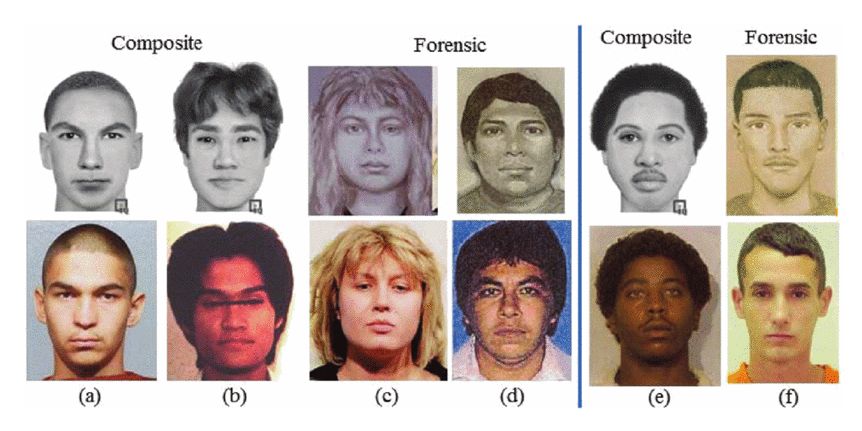
What if the only way that you could find a criminal was by not only relying on the sketch artist to accurately depict the suspect but having to rely on the description from the witness or victim being accurate as well? To many, this sounds very unreliable and a waste of time, but to others, it’s all they have to go on. Many people out there want to know how accurate and reliable these sketches are, which I think is a very important question to ask considering a person’s life depends on it.
The correct term for a sketch artist is a forensic artist. They are graphic artists that do freehand drawings or computerized drawings, enhancements, and reconstruction. Their artistic technique is used for identification, apprehension and conviction purposes. Forensic artists work closely with law enforcement officers to identify criminal suspects and victims through facial sketches. Not only do they just draw faces of these people, but they are also called to a scene of a crime to create drawings, scale diagrams and models of crime scenes.
Another form for composing these faces is through composite sketches which use a software to come up with the sketches. Around 80% of police forces now use some type of software to come up with the sketches of suspects. This is the main reason for the decline in popularity of sketch artists because it only takes a trained police officer a couple hours to familiarize himself with the software, while it takes a person a few years to be proficient in drawing sketches by hand.
In many cases, either a victim or an eyewitness meets with the forensic artist during an interview and can spend up to 4 hours being questioned about what the suspect looks like in order for the sketch artist to be able to make an accurate picture of the suspect, which is then used by the police in order to search for this person and hopefully convict them. What happens in the case of a witness or a victim being traumatized, distraught, or confused when giving the sketch artist their description of the suspect? In many instances, the artist will draw a face that isn’t very distinguishable, and many people have similar faces that could easily be mistaken for the suspect. This now poses the question, of the two, forensic sketches (by hand) and composite sketches (computer software), which is the most effective in depicting criminal suspects?
In a study done by Scott Klum, Hu Han, and Anil Jain, they conducted an experiment in which they took 75 forensic sketches, and 75 composite sketches and tested them to see which of the two were more accurate overall. The results concluded that the composite sketches were the more reliable out of the two. So what does this mean for sketch artists? Is it a dying profession? Many police forces rely solely on the use of composite sketches not only because they are more accurate, but it also saves them time and money for hiring a sketch artist to do it all by hand.
While looking up research on the topic I found many different posts that said, “Funniest sketch artist drawings”, “The worst sketch artists fail”, and “The worst police sketches that are insanely hilarious”. This is what police use often in order to search and hopefully find a suspect and convict them of a crime. If you look similar to a sketch of a person who committed murder, you wouldn’t think that it’s very funny if the police arrested you and started questioning you because you along with hundreds of other people who have similar features of the person in the drawing. For this reason, it’s important that police forces are using the most accurate form of forensic art because you are holding a person’s future in your hand.


